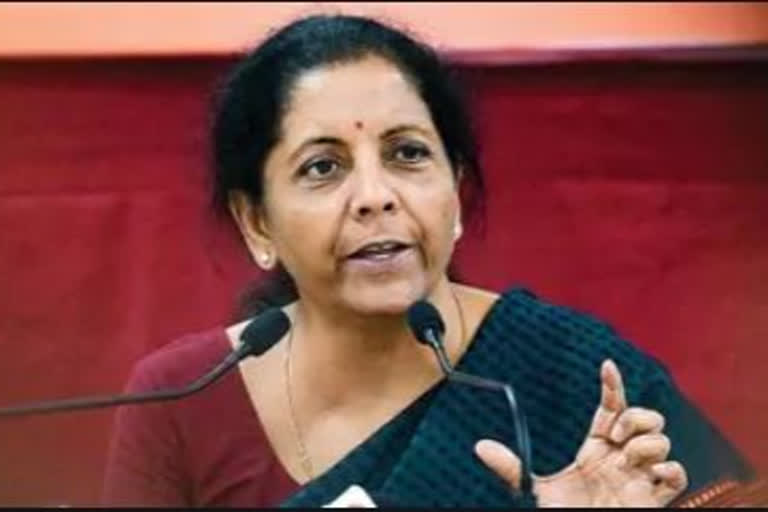New Delhi: Quickening the pace and coverage of vaccination of people against COVID is critical for regaining growth momentum as economic activities are inextricably linked to the path of the pandemic, the finance ministry said in its monthly economic report on Wednesday. 'As we cautiously recuperate from the second wave, rapidly improving vaccination delivery and frontloading the fiscal measures planned in the Union Budget hold key to invigorating the investment cycle in the coming quarters,' it said.
Regarding the impact of the second COVID wave, the report said that with state-level lockdown restrictions being more adaptive to learnings from the first wave, manufacturing and construction are expected to experience a softer economic shock in the current quarter. The report emphasised that quickening the pace and coverage of vaccination is critical to help India heal and regain the momentum of economic recovery.
Continued vigilance in terms of pandemic preparedness, upscaling health spending and health infrastructure, faster rollout of vaccines and vaccination, investing in research and development to guard against possible mutants of the virus, prudent and pre-emptive restrictions, and strict observance of COVID-appropriate behaviour are essential to maintain the delicate balance of lives and livelihoods, it said.
India's second COVID wave situation has been improving lately with a continuous decline in a 7-day average of active cases since May 13, 2021. Data showed that the second wave reached its peak of a 7-day average of daily new cases around May 8, with the pace of decline being as fast as the rise.
Read More: V-shaped recovery puts India among top performers in G20
The daily case positivity rate has plummeted sharply from 24.9 per cent in early May to reach 3.6 per cent as of June 2. Concomitantly, the report said that high-frequency indicators in real and financial sectors like power consumption, E-way bills and foreign portfolio investment flows witnessed a slight uptick in the second half of May 2021 after enduring the second wave-driven contraction during April and the first half of May.
The report also noted that the country witnessed a V-shaped economic recovery in the second half of 2020-21. According to the report, India is one of the select few economies that have witnessed positive YoY (Year-on-Year) growth in the last two consecutive quarters.
India's real GDP is estimated to have grown at 0.5 per cent in Q3 and 1.6 per cent in Q4 of FY 2020-21 leading to an upward revision in annual real GDP growth from (-)8 per cent (2nd Advance Estimates) to (-)7.3 per cent in FY 2020-21, it said. With a strong policy focus on infrastructure spending and construction in the latter half of FY 2020-21, the ratio of Gross Fixed Capital Formation (GFCF) to GDP reached 34.3 per cent, among the highest in over twenty-six quarters.
PTI



